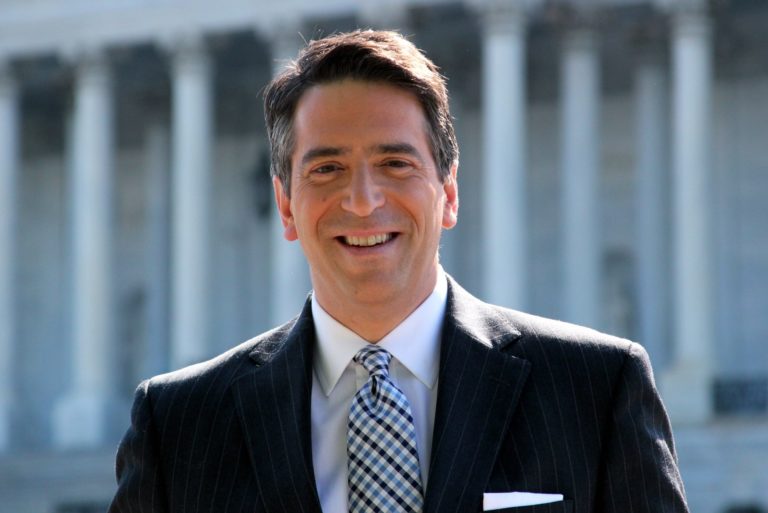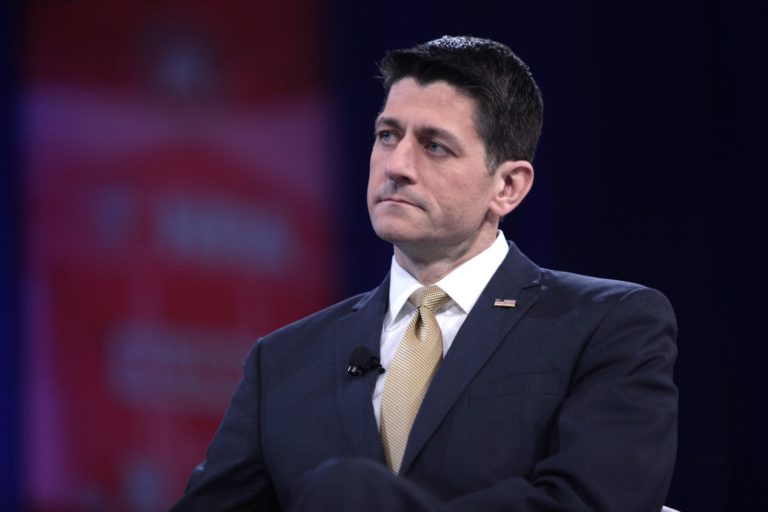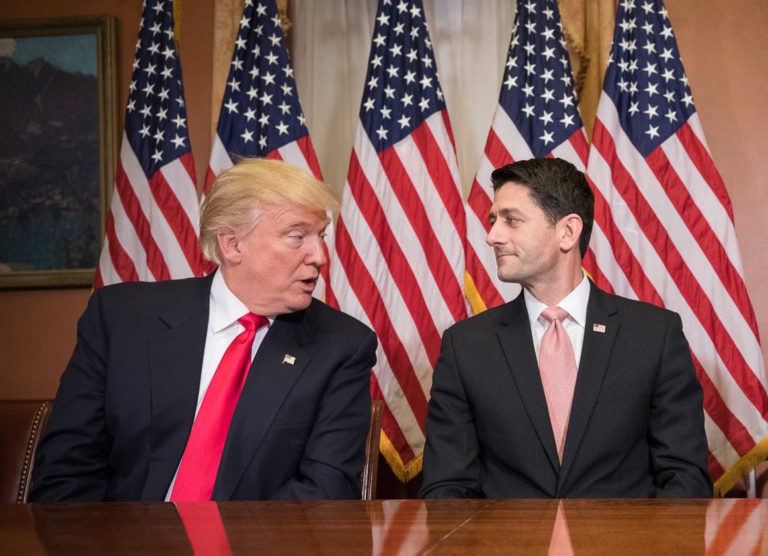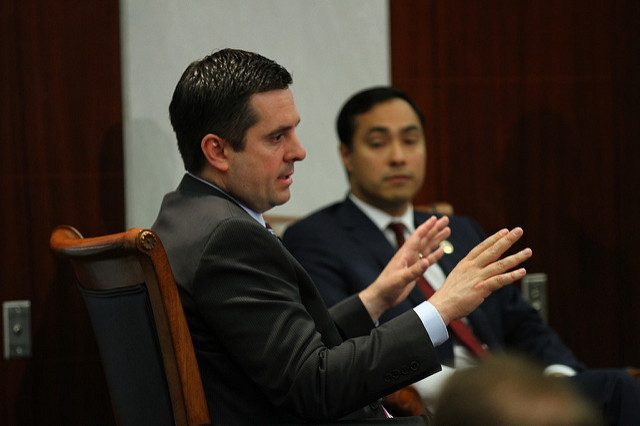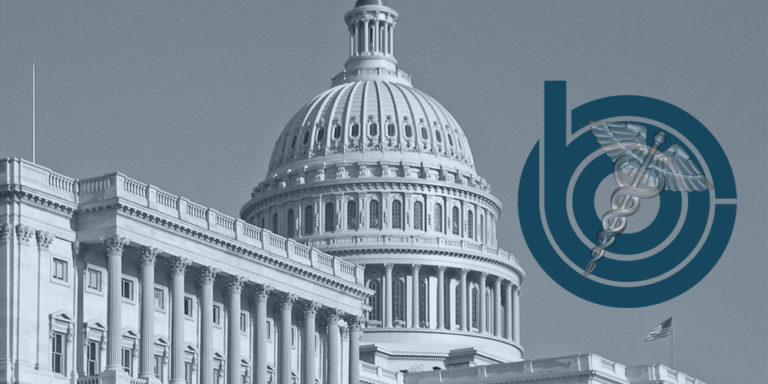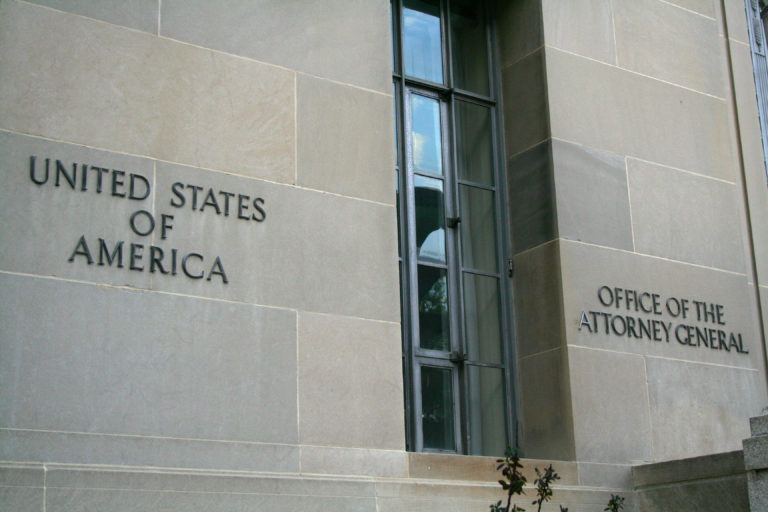In nearly two decades covering Washington, James Rosen has interviewed Presidents, broken important stories and at times been at the center of the story himself. The Obama administration targeted Rosen as a “co-conspirator” in a 2010 leak investigation stemming from his exclusive reporting on North Korea, prompting outrage among First Amendment advocates that resulted in major reforms.
As one of Washington’s smartest and most insightful journalists, Rosen has chronicled history in the making. But he’s also an accomplished writer and historian with three books and numerous essays to his credit. Roughly Explained talked with Rosen about Trump, Russia, the state of journalism, and — of course — the Beatles for this week’s Ten Questions.
The story of Russian influence in a U.S. election was bound to stir political passions. As a serious journalist, how do you separate the reality from the nonsense?
The task is more complicated for today’s journalist than it was for his predecessors only by virtue of the proliferation of sources, outlets, assertions and allegations, and the accompanying growth in the output of sheer nonsense. But the same basic precept as has always prevailed prevails here and now: Caveat emptor. Check stuff out. The good news is that the same Information Age that contributed to this unwelcome proliferation has also made it easier than ever before to access data and do due diligence.
There’s a lot of controversy over unnamed sources, yet especially in national security reporting, it’s difficult to do your job without them. How do journalists evaluate the credibility of anonymous sources when they use them?
The good reporter will ask, silently or otherwise, a series of questions of his anonymous source: How well do I know this person? How reliable has he been in the past? Is he in a position to know the information he is claiming to know? Does he tend to present claims that are susceptible to substantiation via other means? And lastly – of some importance but not always dispositive or even relevant: What is his motive in providing information to me?
You’ve got a new book out, A Torch Kept Lit: Great Lives of the Twentieth Century, which is a collection of obituaries of the late conservative icon William F. Buckley. You knew Buckley and interviewed him over the years. In 2000, you asked Buckley what responsible historians would write about Bill Clinton’s presidency. I’ll ask you the same question, what should responsible historians write about our current political moment?
Naturally, the good reporter will be more reluctant than Bill Buckley, the peerless commentator, to engage in the inherently dangerous business of prognostication; rather, the good reporter will comfortably confine himself to recounting that which has recently transpired. But in broad terms, I suspect future historians will aptly pay attention to the structural forces grinding away, features of globalism and digitalization, that conspire to make our politics less civil and less efficacious.
You’re also a historian of the Watergate scandal. It’s tempting to view the Russia controversy through the same lens. Is that a fair comparison? What are the similarities and differences between the two?
The American people have become inured to the brandishing, on a near daily basis, of the word “Watergate” to describe this or that. It strikes me that too little is yet known about the current situation to merit comparisons to the great scandal of 1972-75. The closest analogue to the Nixon era is the persistent allegation – and it remains only that, at this point – that individuals connected to the Trump campaign somehow colluded with the Russian government in the Kremlin’s effort to meddle in the 2016 election. In general terms, this mirrors the allegations that the 1968 Nixon campaign used a backchannel to the South Vietnamese government to prevent the Johnson White House from using a bombing halt, in the weeks before the election, to bring about a peace deal that could sway the contest to Vice President Humphrey: the so-called October surprise. I wrote about these intrigues in my book
The Strong Man: John Mitchell and the Secrets of Watergate.
Only thanks to the unusually thorough record-keeping of the Nixon administration – including, above all, the president’s own taping system – and the increasing access to those records over the passage of several decades’ time did it become possible to provide a thorough corrective to some of the worst, most inflated, sensationally wrong news media coverage of the Nixon era. It is by definition too soon to draft such a corrective for today’s coverage, but the reality is that no administration will ever again preserve the history of its internal deliberations with the same thoroughness that Nixon and his aides exhibited, and so we will likely never be able to correct the record of our times with the same accuracy. This is also true by dint of the proliferation of sources, outlets, assertions, allegations, and sheer nonsense averred to earlier: There simply isn’t enough time or bandwidth to correct it all nowadays. It forces us, I think, to redefine our conceptions of the scope of what we used to call media criticism.
On the flip side, there’s been resistance among Trump supporters to take the Russia investigation seriously. You hear a lot about the “deep state” — a cabal of intelligence operatives and bureaucrats loyal to Obama seeking to damage Trump as an explanation. What do you make of that charge?
In an
interview for Fox News last month, I asked Vice President Pence whether the Deep State exists, and if so, of whom it consists and what its aims are. He said he himself hasn’t used the term, but added that he believes President Trump “has rightly been concerned about leaks that have been happening out of this administration.” I’m not sure that what some today call the Deep State is all that different from what used to be called the Shadow Government or the permanent bureaucracy. Sidney Blumenthal, the longtime Clinton adviser who played a critical role in the scandal over Secretary Clinton’s private server, actually published a book in 1976 along these lines, entitled
Government by Gunplay. One could also point, by way of precursors, to the Moorer-Radford scandal, wherein the Joint Chiefs of Staff were discovered to have been stealing documents from the Nixon-Kissinger NSC and leaking the contents to syndicated columnist Jack Anderson, thereby helping him to win the 1972 Pulitzer Prize. I also wrote extensively about this in
The Strong Man.
https://youtu.be/JZy-MCJtLaU
What are the legitimate questions raised by the Russia investigation that we need answered to understand what really happened?
We must be careful to avoid the inclination to consider as legitimate the posing of any question that can be made to sound legitimate. For now, we are obliged to take the FBI Director at face value when he testified before Congress last month that the FBI saw a legitimate need to investigate “the nature of any links between individuals associated with the Trump campaign and the Russian government and whether there was any coordination between the campaign and Russia’s efforts” to meddle in the election. Comey was, somewhat unfairly, unwilling to acknowledge in that same highly publicized setting whether the FBI is also investigating the unmasking of Trump-related names from intelligence reports, an action we now know to have been ordered by Susan Rice; and who leaked such data to the news media. Those would also seem to be very relevant questions.
Trump’s tweeted charge that Obama tapped his phone has been widely disparaged. You actually were subjected to a court order in a leaking that allowed Federal investigators to rifle through your email. This has been offered as evidence that Trump was on to something. Do you think that’s right?
The relevance of my case in relation to the current situation is simply that it established the proclivity of the Obama administration to exceed the bounds of lawfulness in its use of surveillance against improper targets, and its development of tenuous legal theories as a predicate for doing so. President Trump’s specific claim, that President Obama “wire tapped” him, remains unproved and is likely false, as the chairs and ranking members of both intelligence committees, and other relevant officials and former officials, have pointed out.
You were at the center of several controversies during the Obama administration from leak investigations to the selective editing of a State Department press briefing. Some would say that now Trump is taking it to a new level. How does the Trump administration’s approach compare to Obama’s?
Nothing the Trump administration had yet done to, or in connection with, the news media approaches in nature or severity what the Obama administration did in the same realm; the actions there were not merely distasteful but criminal. That said, the Trump White House, and the president himself, while no doubt correct in many of their complaints about biased and dishonest news coverage, have said and done things to specific members of the news media, and to specific news media organizations, that make me uncomfortable and discouraged about the future trajectory of the relationship. Ultimately, the top officials in this White House need to recognize that the American people they were elected to serve care less about Jake Tapper and Katy Tur than about the Chinese and the Russians, and about the pressing problems created by things like automation and runaway entitlement spending.
Trump’s battle against the media has made your profession a pariah among Trump supporters. What would you say to a Trump supporter who distrusts journalism about how they should view the media today?
I would only presume to speak for myself and for the program on which I most frequently appear, “
Special Report with Bret Baier,” which airs weeknights at 6p ET. Watch that show for a week and tell me if you think we aren’t living up to our motto of “fair and balanced” reporting, wherein “we report, you decide.” It’s the best, most comprehensive political news show on television today, and even the most fervent Trump supporter would be obliged, I should think, to agree.
Ha! First, allow me to say how grateful I am that you didn’t pose some variation of the Inevitable Question that true Beatles freaks like me receive
all the time from non-freaks, and regard as heretical and offensive: namely, Which is your favorite song/album/Beatle? (Which of my children should be rescued from the burning building? How to compare the genius of “It Won’t Be Long” with that of “Hey Jude”?) As for which Beatles track best suits our current moment, one could do worse than to remember the lyrics of “Within You, Without You,” George Harrison’s Indian-flavored classic on the
Sgt. Pepper album, released fifty years ago
June 1:
Try to realize it’s all within yourself, no-one else can make you change
And to see you’re really only very small
And life flows on within you and without you
Follow James Rosen on Twitter: @JamesRosenFNC
Books by James Rosen




